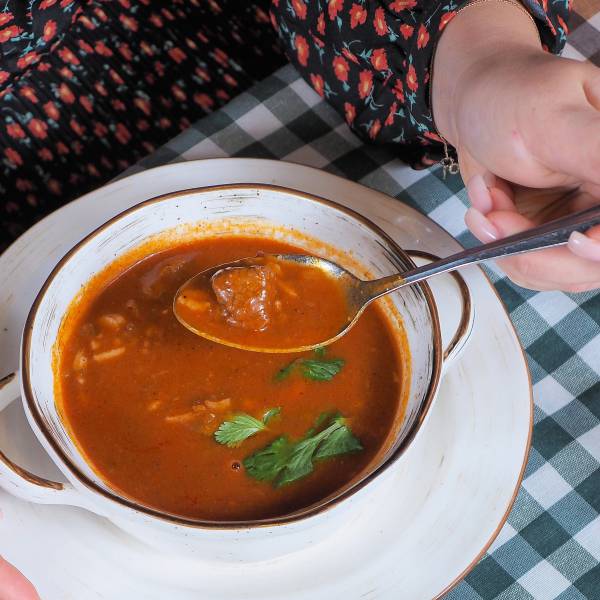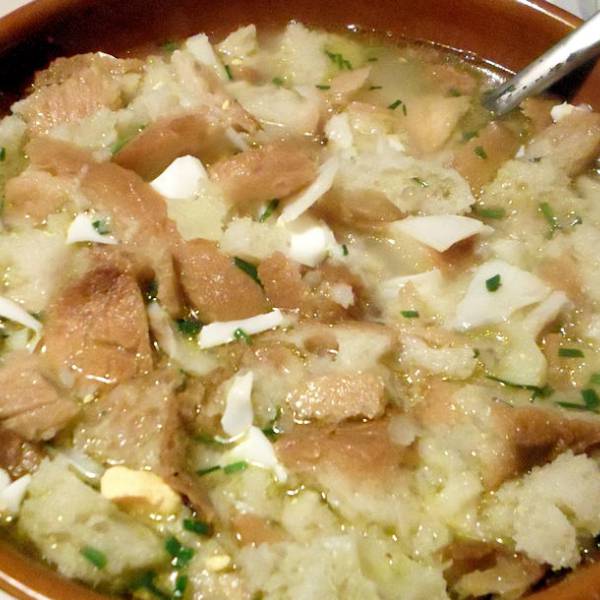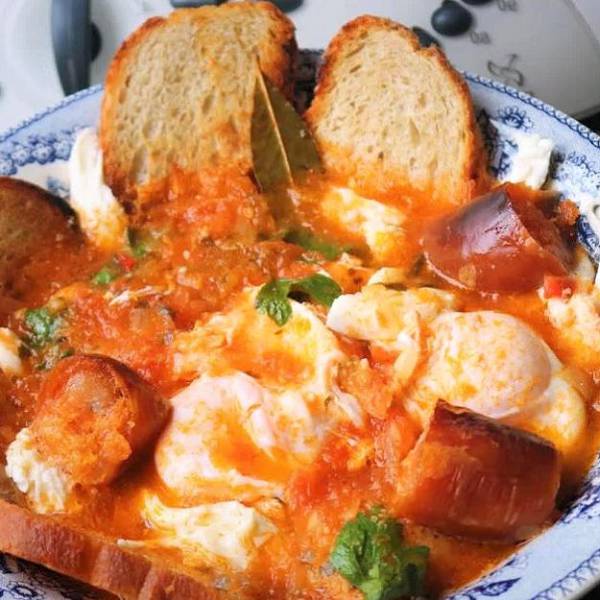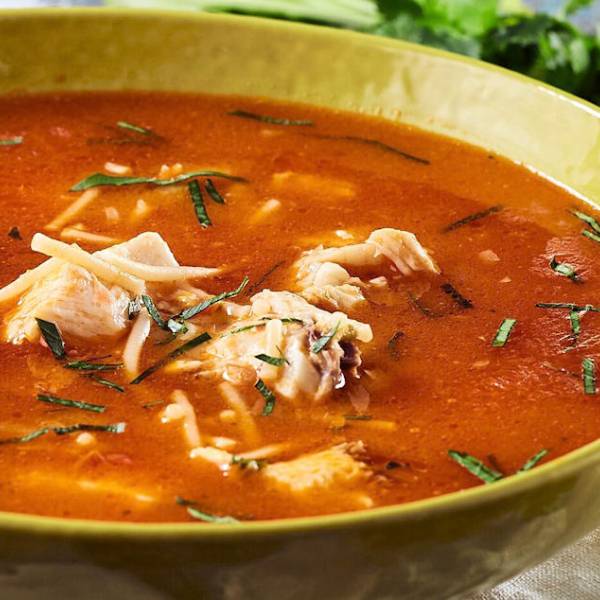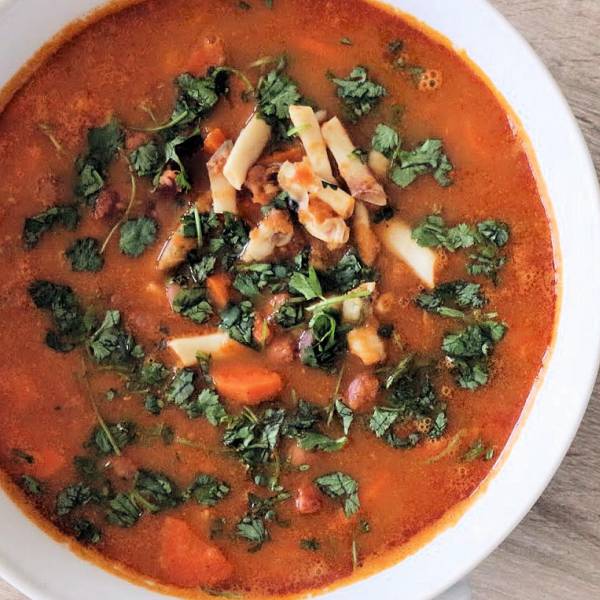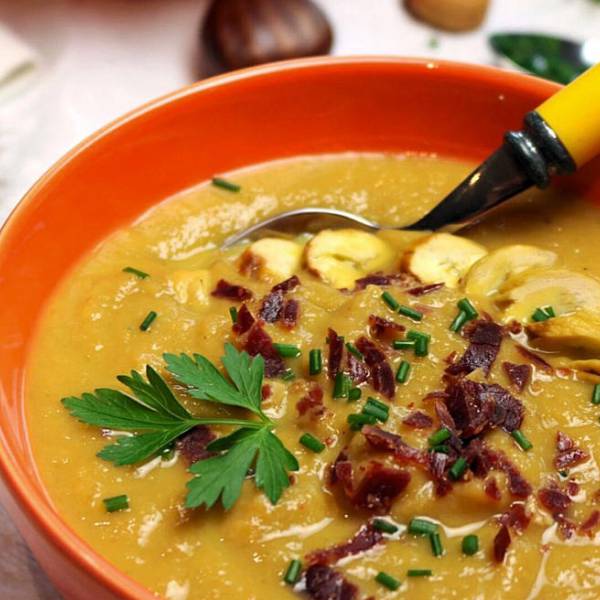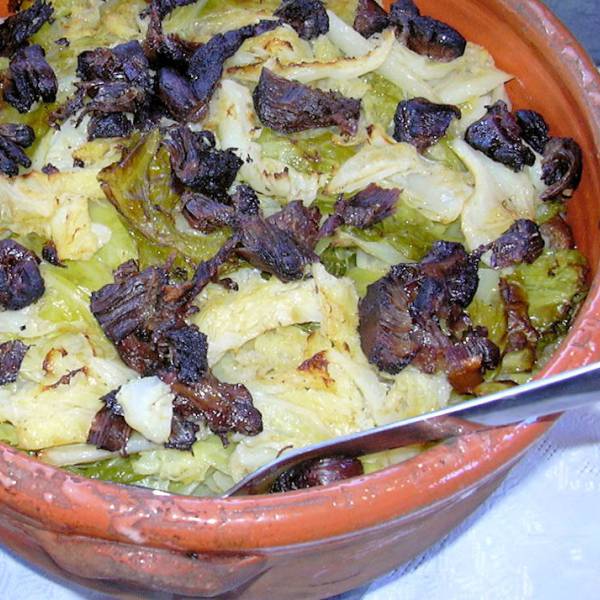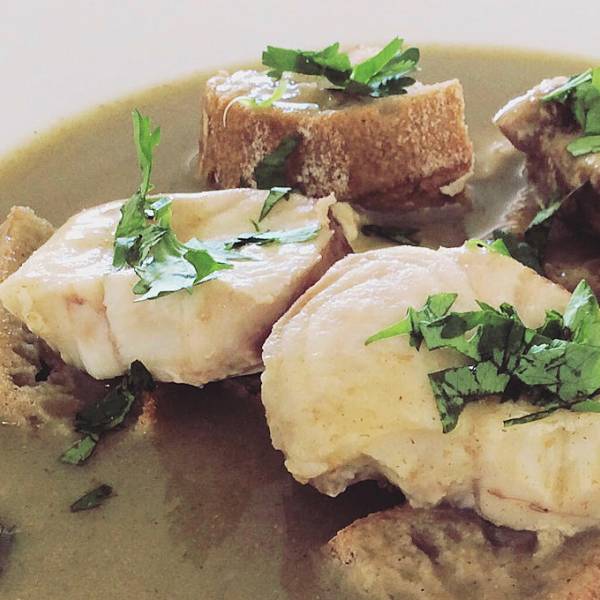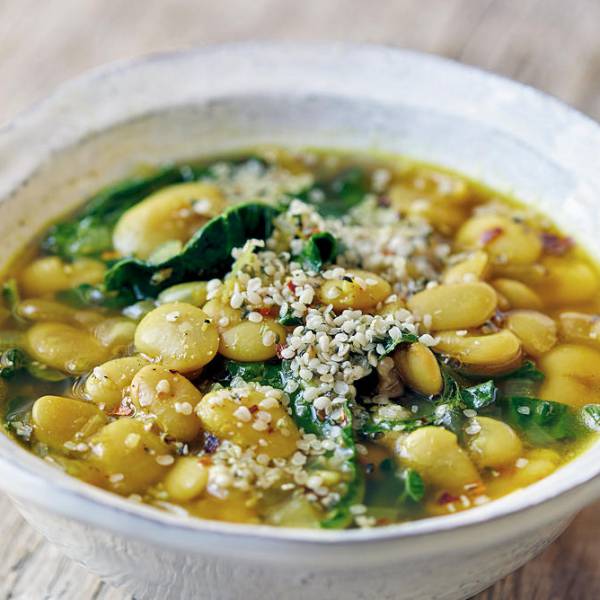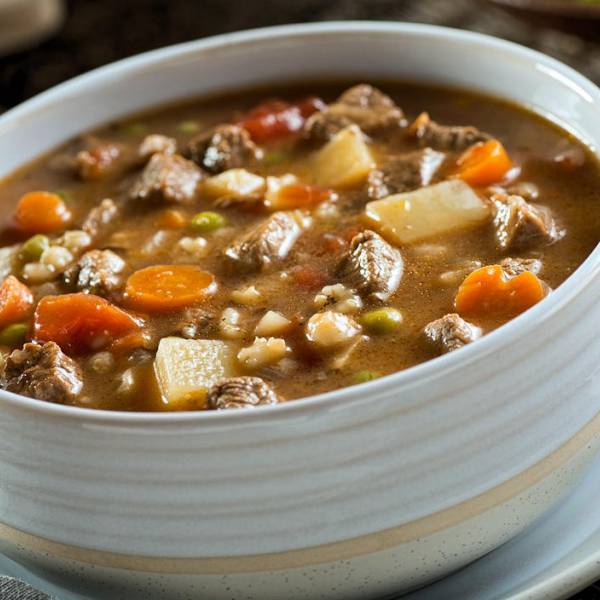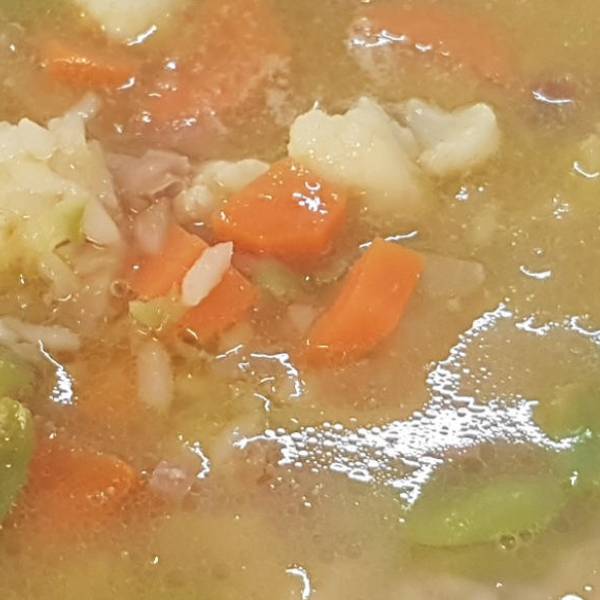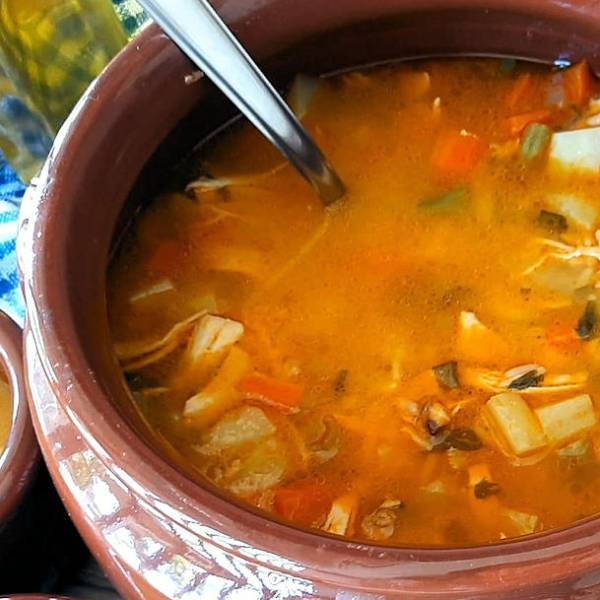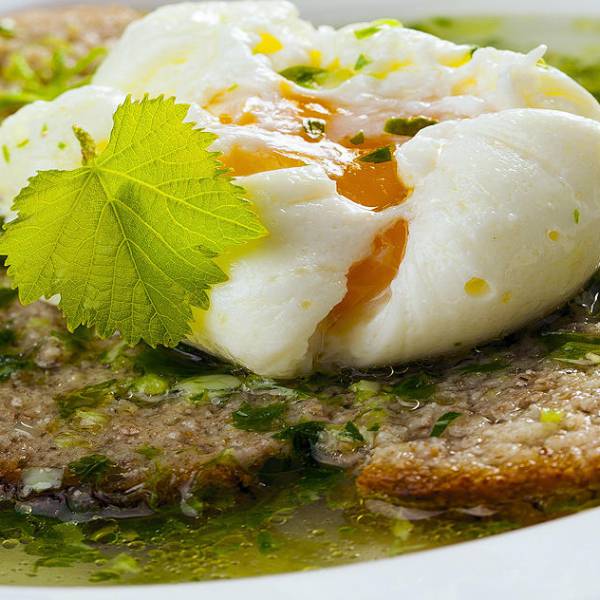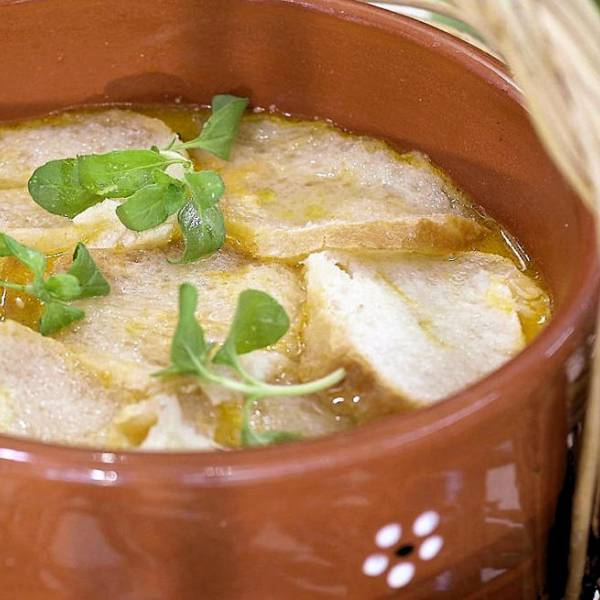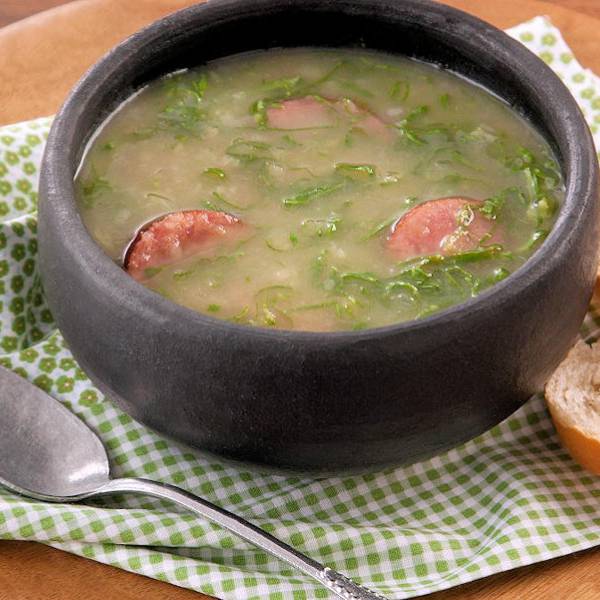The origin of Gaspacho can be traced back to the Moors and Arab occupation of Spain and Portugal, which lasted from the 8th to the 15th century. The Arabs introduced a dish called “tharîd”, which means “to break bread”. It consisted of bread soaked in broth or water, seasoned with herbs and spices, and sometimes meat or cheese. This dish was common among the poor and the nomads, as it was filling and easy to make.
The Portuguese and Spanish adapted the Arab recipe to their own preferences and resources, adding garlic, coriander, olive oil, vinegar, and eggs. They also created different variations of Gaspacho according to the regions and seasons. In the Alentejo region of Portugal, Gaspacho is more like a soup, with a thin consistency and served hot. In other regions of Portugal and Spain, Gaspacho is thicker and denser, like a bread paste, and served cold or at room temperature. Some versions of Gaspacho include shrimps or codfish, especially in coastal areas where seafood is abundant.
The most significant change in Gaspacho occurred in the 19th century, when tomatoes were added to the ingredients. This gave Gaspacho a red color and a tangy flavor, and made it more appealing to the international palate. This version of Gaspacho became the standard one, and spread around the world.
Today, there are many modern variations of Gaspacho with avocados, cucumbers, parsley, strawberries, watermelon, grapes, meat stock, seafood, and other ingredients instead of tomatoes and bread. These variations reflect the creativity and diversity of the Mediterranean cuisine.
Lisbon.vip Recommends
The final result is a fragrant and flavorful dish that can be enjoyed as a main course or as a side dish. Gaspacho may be served alone or with garnishes, such as hard-boiled eggs, chopped ham (in the salmorejo variety from Córdoba), chopped almonds, cumin crushed with mint, orange segments, finely chopped green bell peppers, onion, tomato or cucumber. In Extremadura, local ham was added to the Gaspacho itself rather than as a garnish; this is called Gaspacho extremeño. Andalusian sources say that Gaspacho should be slightly chilled, but not iced.
Gaspacho is a dish that reflects the history and culture of the Iberian peninsula, as well as its simplicity and elegance in cooking.




